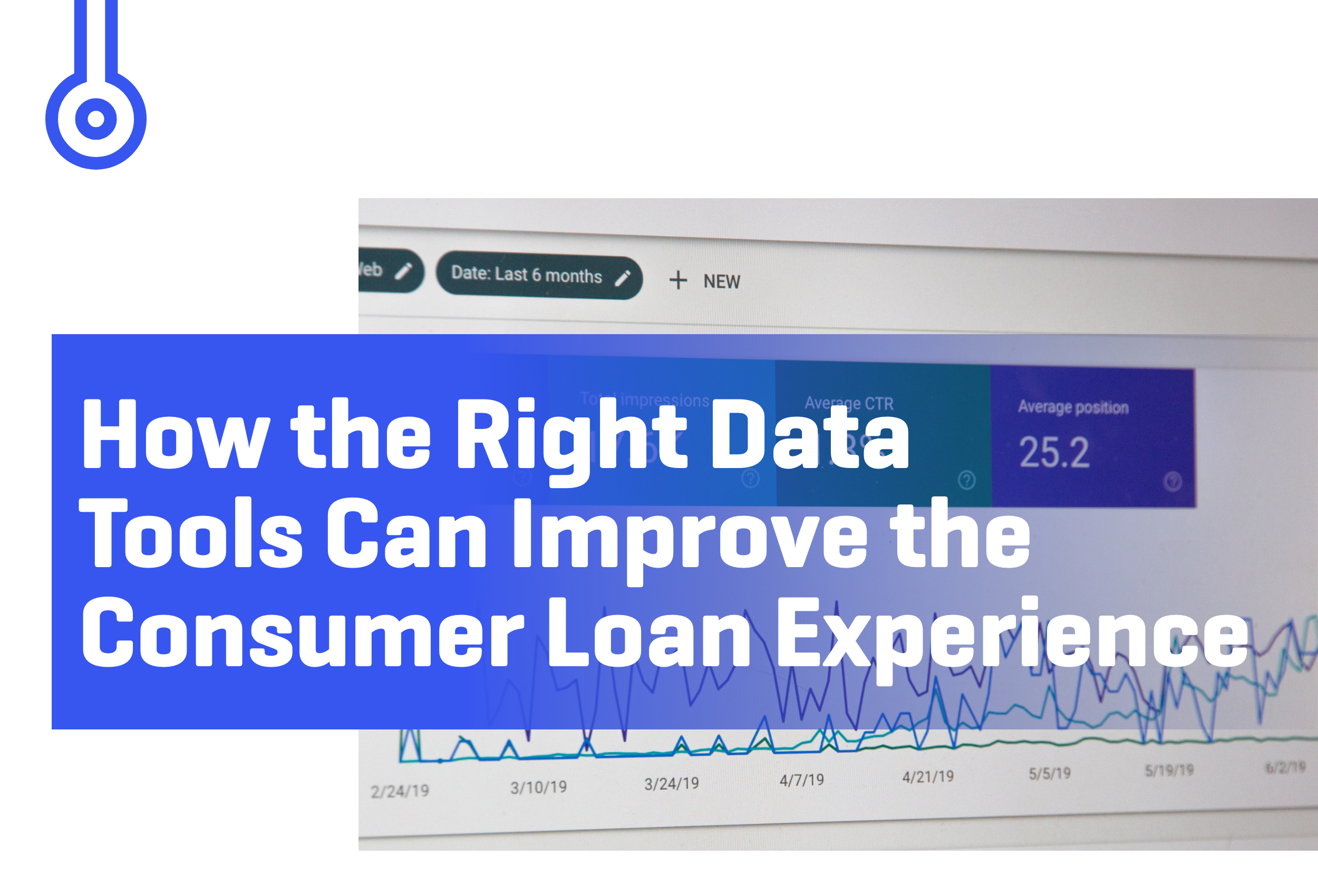You already understand the importance of capturing and scrutinizing business data for insights into the health of your lending institution.
And you’re well aware of the relationship between the health of your institution and your ability to keep clients satisfied.
But did you know that mining your business data for key milestones in the loan process can yield precise, actionable information you can use to improve the client experience?
The best part: you don’t have to make a giant investment in software that serves up hard-to-access data in unfriendly formats in order to take advantage of the data you already collect.
With the right business intelligence (BI) software, you can slice, dice and peer into your loan origination processes in a way that that shows you what you need to know – when you need to know it. In short: You can capitalize on knowing what your borrowers are experiencing while they are experiencing it.
All data has a shelf life and in financial institutions, the shelf life of data is not long. You need to be able to understand what the consumer is experiencing at the present time.”
– Chris Dumas, MeridianLink Director of Data Insights
All you need are the right questions and a platform that delivers you the answers in real-time. While historical data might help you make better business decisions, it’s of far less value when it comes to telling you, for example, why do half of your potential customers fall out of the process somewhere between requesting a loan and getting one?
Such fallout is an indication that there’s a hitch in your processes. Finding it is simple if you have a system that lets you retrieve and visualize your data instantaneously. What happened? And when did it happen? These are the right questions, but without the right tools, you may be left with only a hypothesis.
Data Mining that Can Reveal the Hitch in Your Processes
“All data has a shelf life and, in financial institutions, the shelf life of data isn’t long,” said Chris Dumas, MeridianLink’s director of data insights. “You need to be able to understand what the consumer is experiencing at the present time.”
When you have that level of insight you’ve got business intelligence that can connect the dots between your fallout and your processes. Here’s an example:
- What is happening? Funded loan metrics are down by 20%.
- What could account for this? Industry funded loan metrics are also down, but only by 10%.
- Where in the process is the problem occurring? Customers are dropping out in the middle of a specific process between approval and funding.
- Why is it happening there? It could be taking longer than it should.
- How long is it taking? Longer than it takes our competitors.
- What happens if you reduce processing time at the exact point where customers are falling out? Fallout declines.
You just moved from seeing a problem, to diagnosing it, to testing your diagnosis, to solving your problem.
All because you could identify, in real time, the exact spot in your process where fallout was happening and what your customer was experiencing right then.
“If you stop at just measuring total volumes of funded loans and fallout, you will never see that,” Dumas says. “You have to look at data more frequently – more than monthly and more than weekly. You have to look at it on a daily basis.”
For that you need a system that integrates with your loan origination system (LOS) and refreshes data automatically, so you’re always looking at what is happening instead of what has happened. This lets you do more than just improve your processes – it provides you with the ability to actively intervene and prevent a fallout.
“If I have data that tells me who is in process right now, how long they have been in process and what that interaction looks like, I can intervene on those specific records,” Dumas says. You can’t do that with data that is a week old. “That’s the difference between reporting and insight,” he says.









